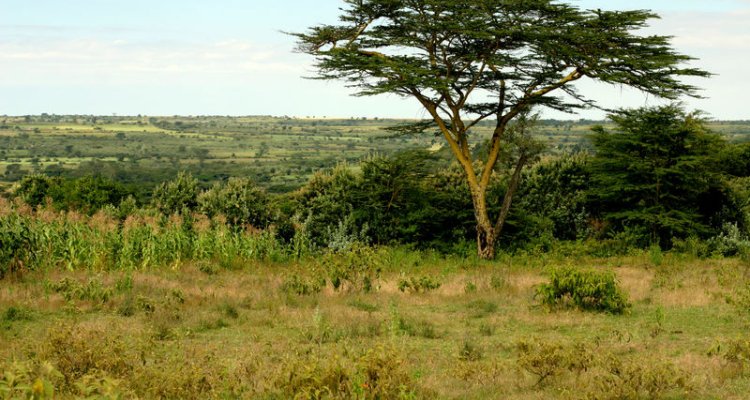
Project
The role of maize-soybean-chicken value chains in sustainable food systems: the case of Southern Agricultural Growth Corridor of Tanzania
PhD project by Wilson Charles Wilson. Tanzania has a large gap between food production and healthy consumption. To attain SDG2, a diet should be sustainable in all matters, besides dietary diversity food should, for example, be produced without further expansion of its natural resources e.g. agricultural land. The overall objective of this study is to explore the potential of maize-soybean-chicken value chains in sustainable food systems and assess their contribution to achieving SDG2 in the case of Southern Agricultural Growth Corridor of Tanzania (SAGCOT).
In Tanzania there is a large gap between food production (due to e.g. low yields and low adoption of agricultural technologies) and consumption, which contributes to high rates of undernourishment and micronutrient deficiencies. To achieve sustainable diets, we need innovations that embrace the whole food system, i.e. from production (‘the field’) to consumption (‘the table’) while respecting the boundaries of our planet as on a global scale food production has a severe impact on the environment. An example of an innovation applied in Tanzania includes the integration of grain legumes in the cereal-based farming systems, such as common bean, soybean, groundnut, cowpea, chickpea and pigeonpea. Research shows that soybean-maize rotations have significant advantages in improving resource-use efficiency, weed, pest and disease control, and increased yield of subsequent maize, respectively. An improvement can be expected as an efficient utilization of soybean as poultry feed, may for example, contribute to increased production of meat and eggs. Animal-sourced food (ASF) contains essential amino acids and multiple micronutrients (particularly zinc, iron, vitamin A and B12) that are less dense in plant-sourced food or even absent. The current study will explore the role of integrated maize-soybean-chicken value chains and assess their contribution to achieving sustainable diets in Tanzania.
The focus is on this value chain(s) as integrating soybeans in the maize-chicken value chains might increase productivity of chickens by providing high nutrient dense food while respecting the environment. Our first step is to identify different stakeholders in the chain, and their roles and relationships. Second, we assess the contribution of food items produced in the maize, soybean and chicken value chains to nutrition security for a diversity for rural and urban consumers. Third, we assess the environmental impact of chicken farming systems in the SAGCOT region. And last, we will explore possible futures on a regional scale by optimizing food supply while minimizing environmental costs using land use optimization model i.e. Multiple Goal Linear Programming created in General Algebraic Modelling Systems (GAMS).